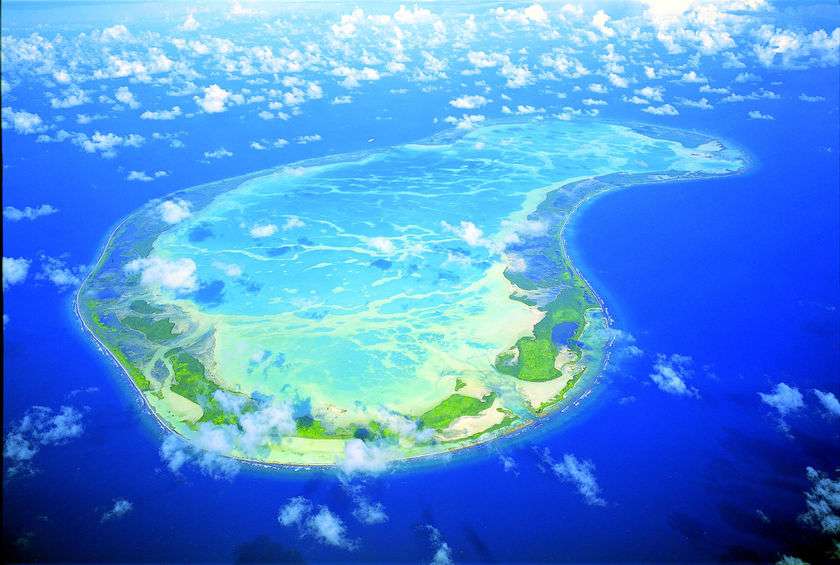Wastewater
Five of New York’s 14 wastewater treatment plants are in the lowest-lying areas of the city, within the mandatory evacuation zone. When the plants get filled to capacity or flooded, sewage and stormwater mix and bypass the plant, flowing directly into New York’s waterways — and now, into flooded streets and buildings.
Subways and Railroads
By Tuesday evening, subway and commuter rail service remained suspended, and limited bus service was set to resume at 5 p.m. Joseph J. Lhota, chairman of the Metropolitan Transportation Authority, said that damage to the subway system was being assessed, and that service would be restored in pieces. Tunnels under the East River were all flooded and pumping had begun at some of them. Mr. Lhota said that flooding was “literally up to the ceiling” at the South Street subway station in Lower Manhattan. Long Island Railroad remained closed due to flooding on the tracks. Two Metro-North lines north of 59th Street continued to be without power, and Mr. Lhota estimated that there were at least 100 trees downed on the tracks. Staten Island ferry and railway service were also still suspended. In New Jersey, Gov. Chris Christie said there was “major damage on each and every one of New Jersey’s rail lines.” New Jersey Transit and PATH service remained suspended.
Work Begins on Flooded Subways
Seven subway tunnels under the East River were still flooded on Tuesday, most of them in Lower Manhattan, where a 14-foot storm surge topped subway entrances and grates.
It is a horrible event and a rough lesson for any city and country to experience, however, I know that residents of Small Island Developing Stares (SIDS) and Arctic Communities will sympathize and commiserate with the residents of New York and other devastated area of the East Coast of the United States.This however, is what residents of Small Island Developing Stares (SIDS) and Arctic Communities either go through or have the possibility of being faced, with every year. I therefore sincerely hope that the United States will become more cognizant of what the future holds for SIDS and Arctic communities, and support our adaption and mitigation efforts both financially and in the International Community by supporting international climate change treaties that will bring about a lowering of carbon dioxide in the Earth's atmosphere, our only Home. Editor











